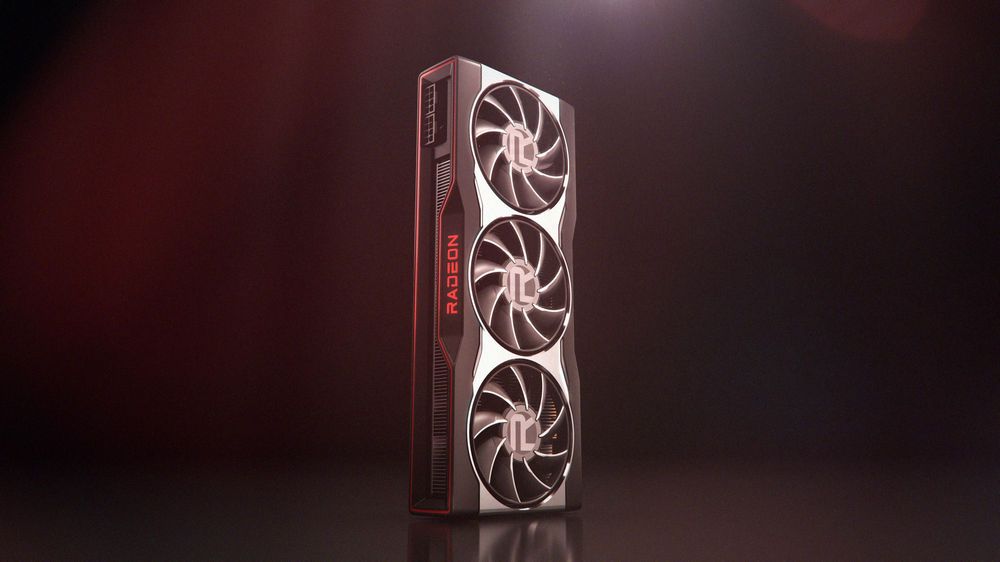We have a leak about the next AMD Radeon RX 6000, which involves details about the chips Navi 21, Navi 22, and Navi 23.
AMD Radeon RX 6000, more details about Navi 21, Navi 22, and Navi 23
Navi 21 (Sienna Cichlid) seems to have 80 processing units or 5,120 stream processors (SP), assuming that each CU still carries 64 SP in RDNA 2. The silicon in Navi 21A showed a clock increase to 2.050 MHz, while the silicon in Navi 21B showed a clock increase of 2.200 MHz. The power limitation varies from 220W to 238W.
In comparison, the simple precision performance of Navi 21 reaches 22.5 TFLOPs. So far the GeForce RTX 3080 seems to have a 32.4% higher single-precision performance than the Navi 21. However, the Navi 21 beats the GeForce RTX 3070, which is good for 20.4 TFLOPs.
The Navi 22 (Navy Flounder) could arrive with 40 CUs, for a total of 2560 SPs. For the observer, this is the same number of CUs as in the Navi 10, and one can assume that the Navi 22 is the direct successor of the Navi 10.
The Radeon RX 5700 XT based on the Navi 10 is equipped with 2,560 SPs with a boost clock of 1,905 MHz. The graphics card has a maximum single-precision performance of 9.8 TFLOPs. Navi 22 offers 12.8 TFLOPs of FP32 shading performance, so we see a 30.6% improvement.
Navi 23 (Dimgrey Cavefish) would be the basic silicon RDNA 2. Navi 23 can be finished with 32 CUs (2,048 SPs). Unfortunately, the clock rates and performance limits were hidden in Apple’s firmware.
On the other hand, Apple already has an RDNA 3 graphics card in its macOS Big Sur 11 beta code. RDNA 3 would be used for future RX 7000 graphics cards.
